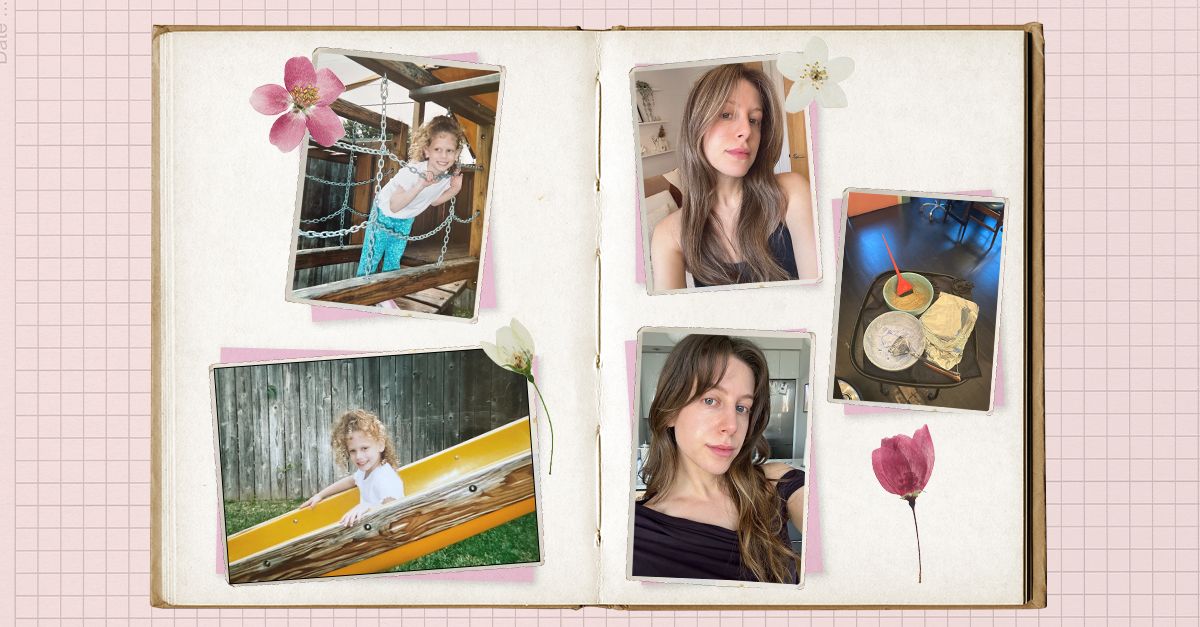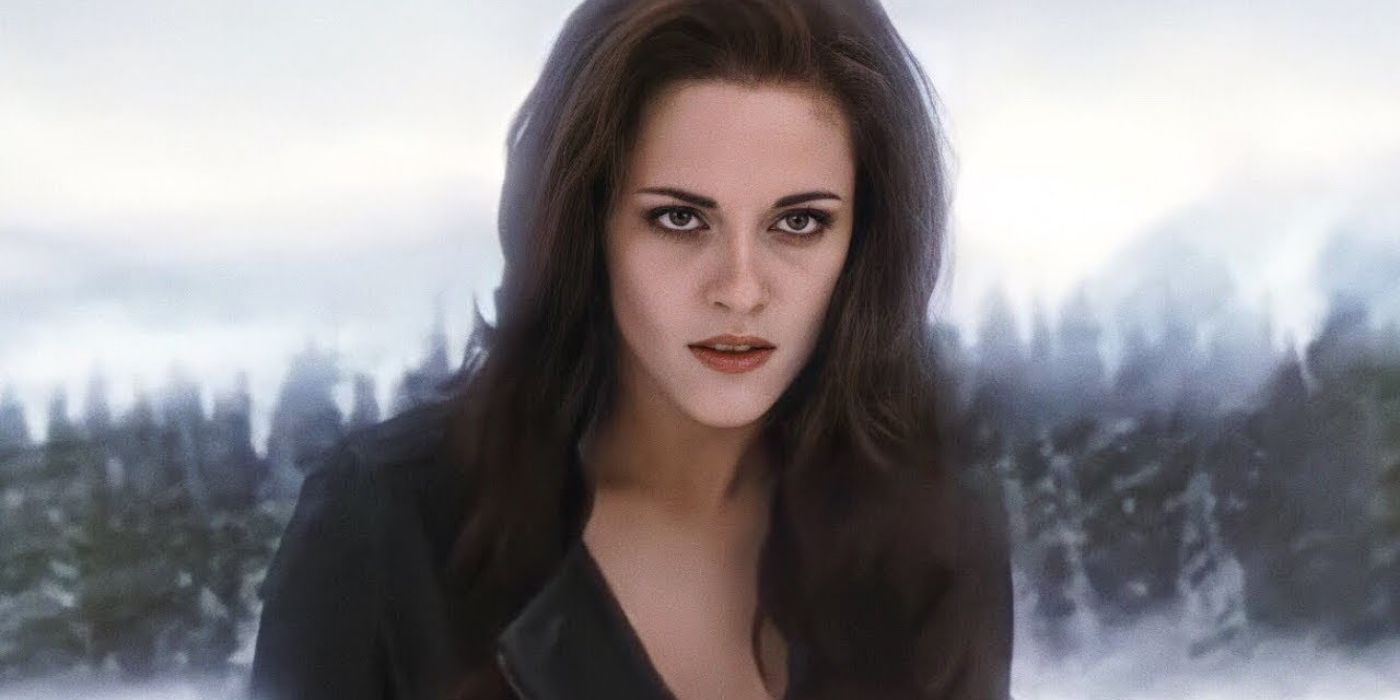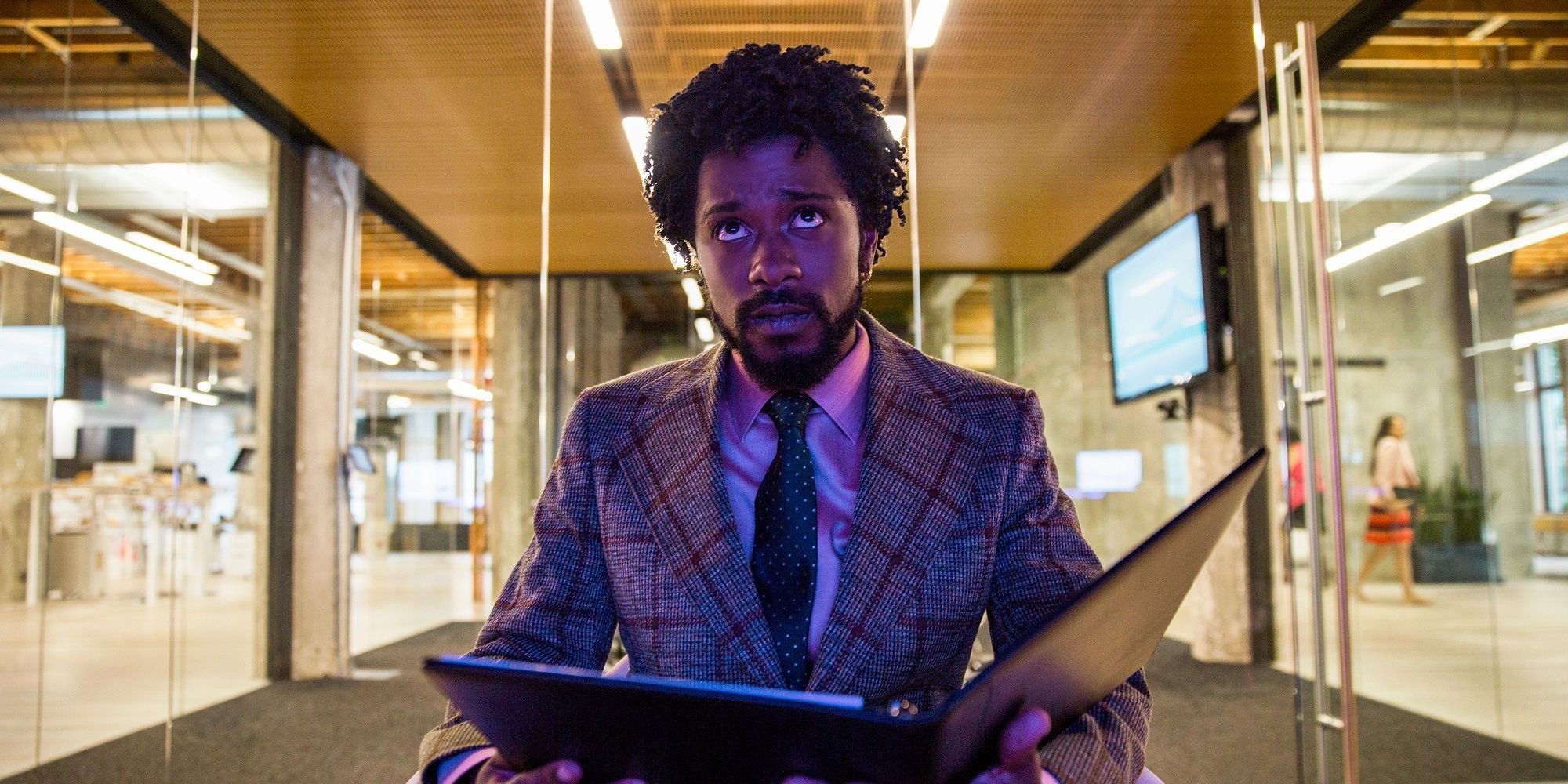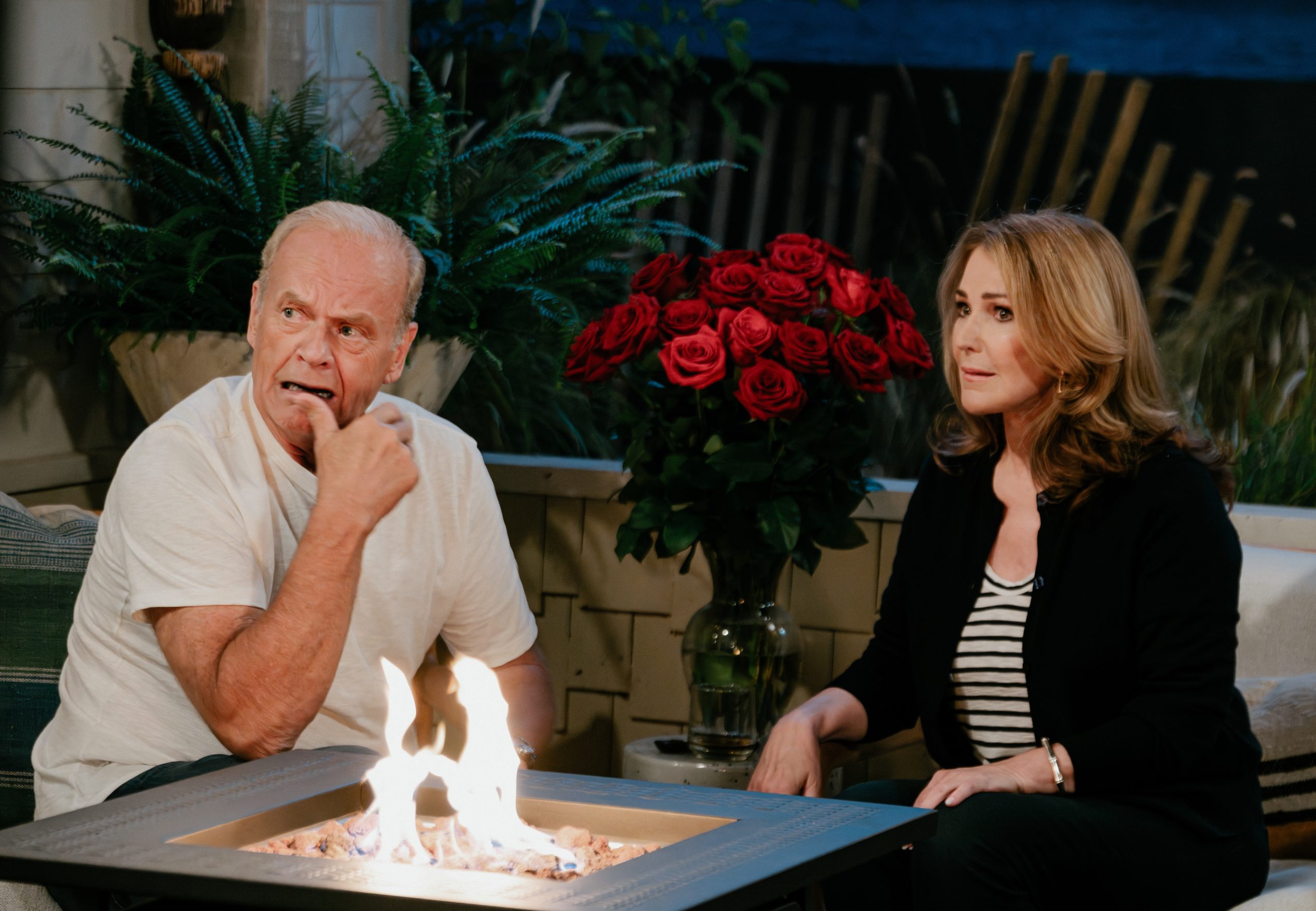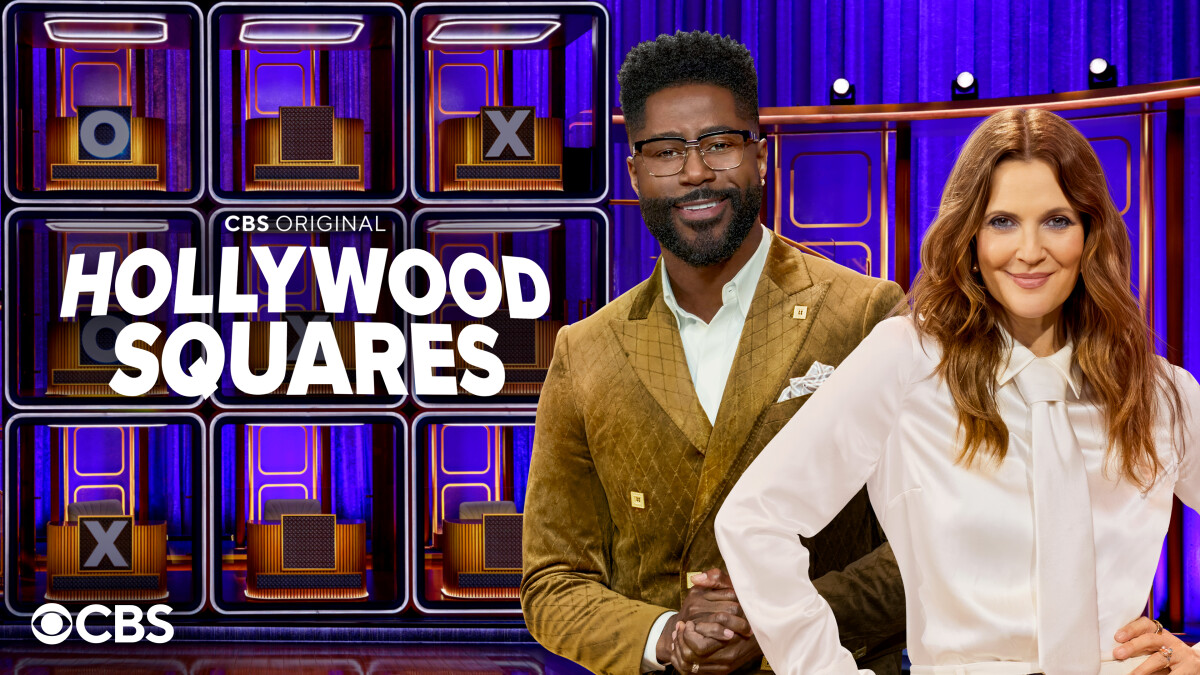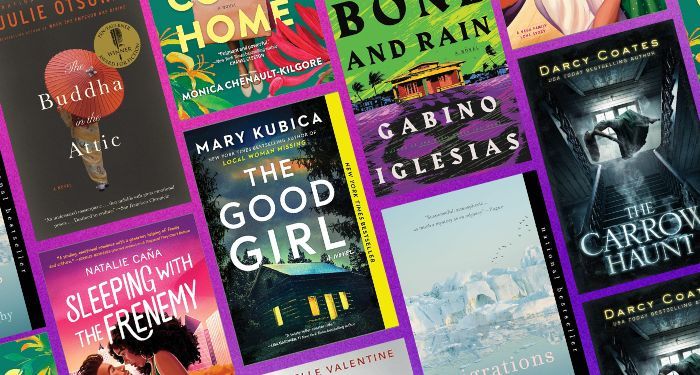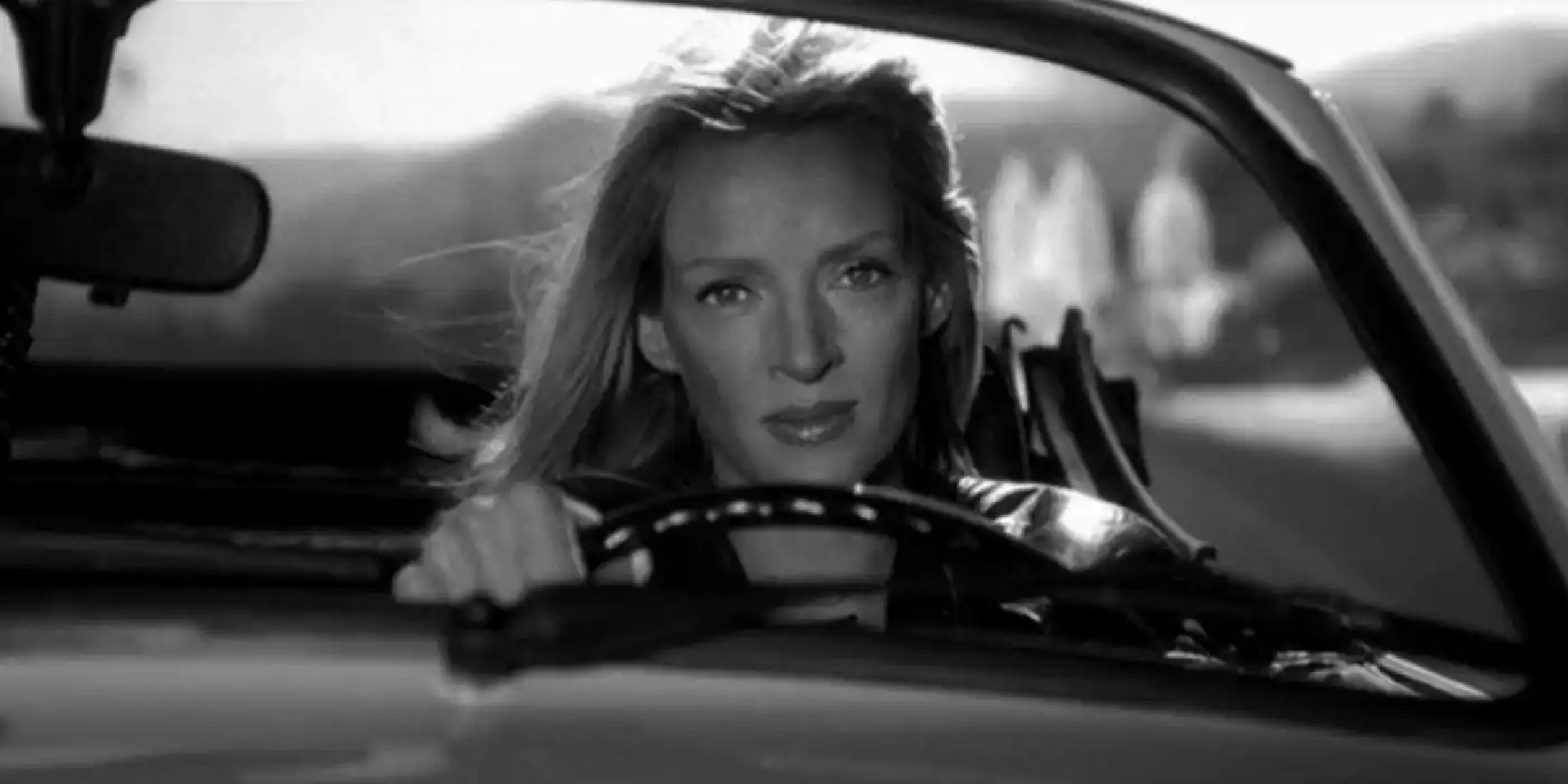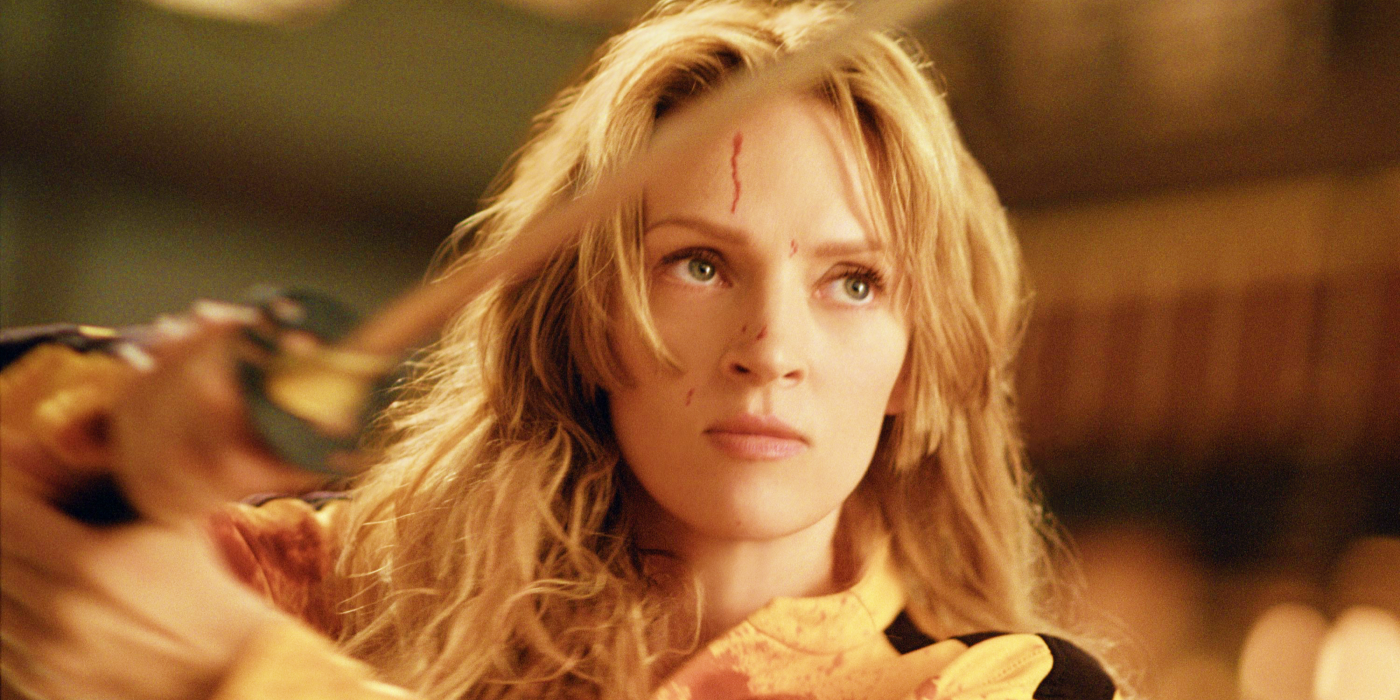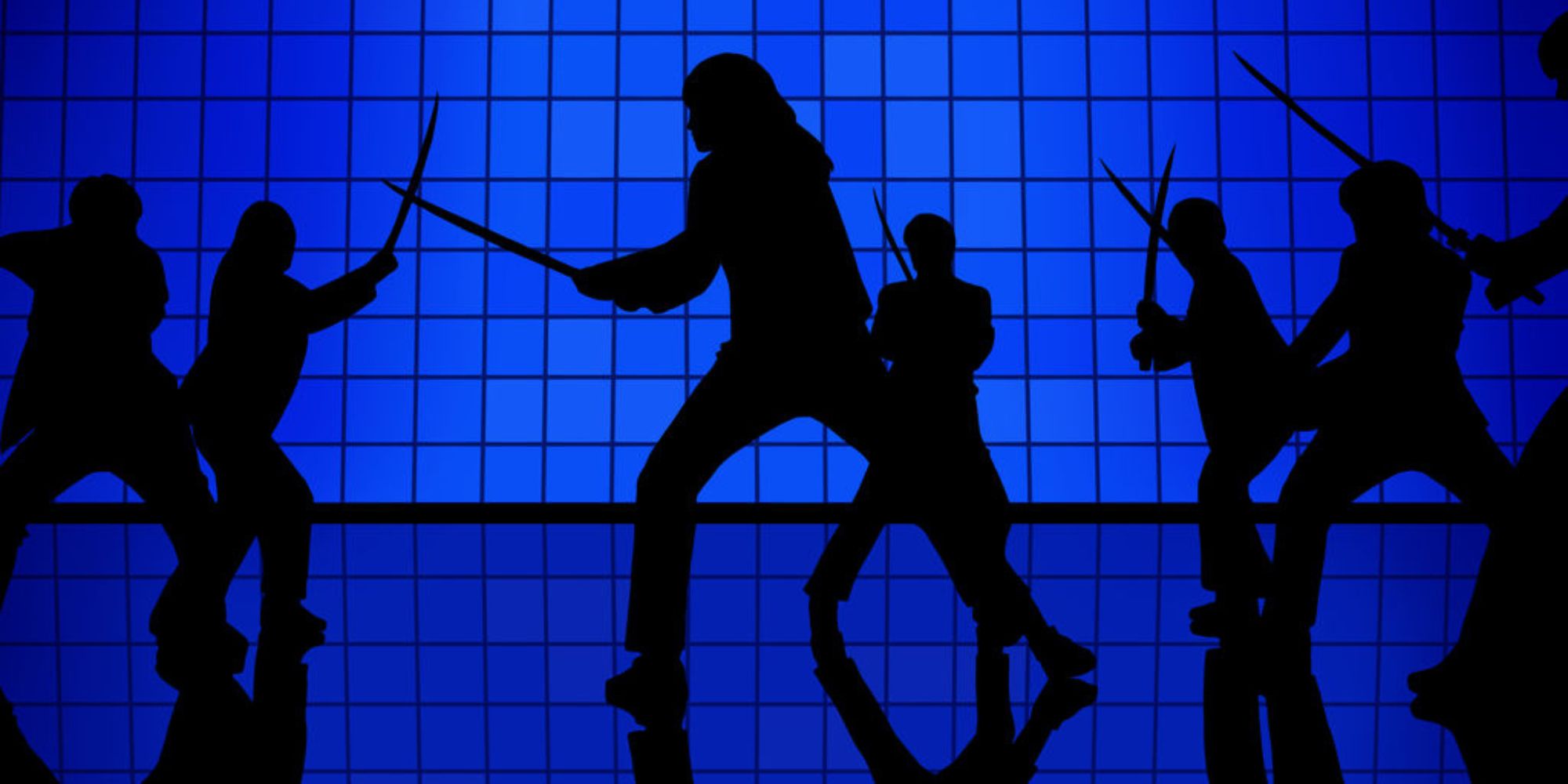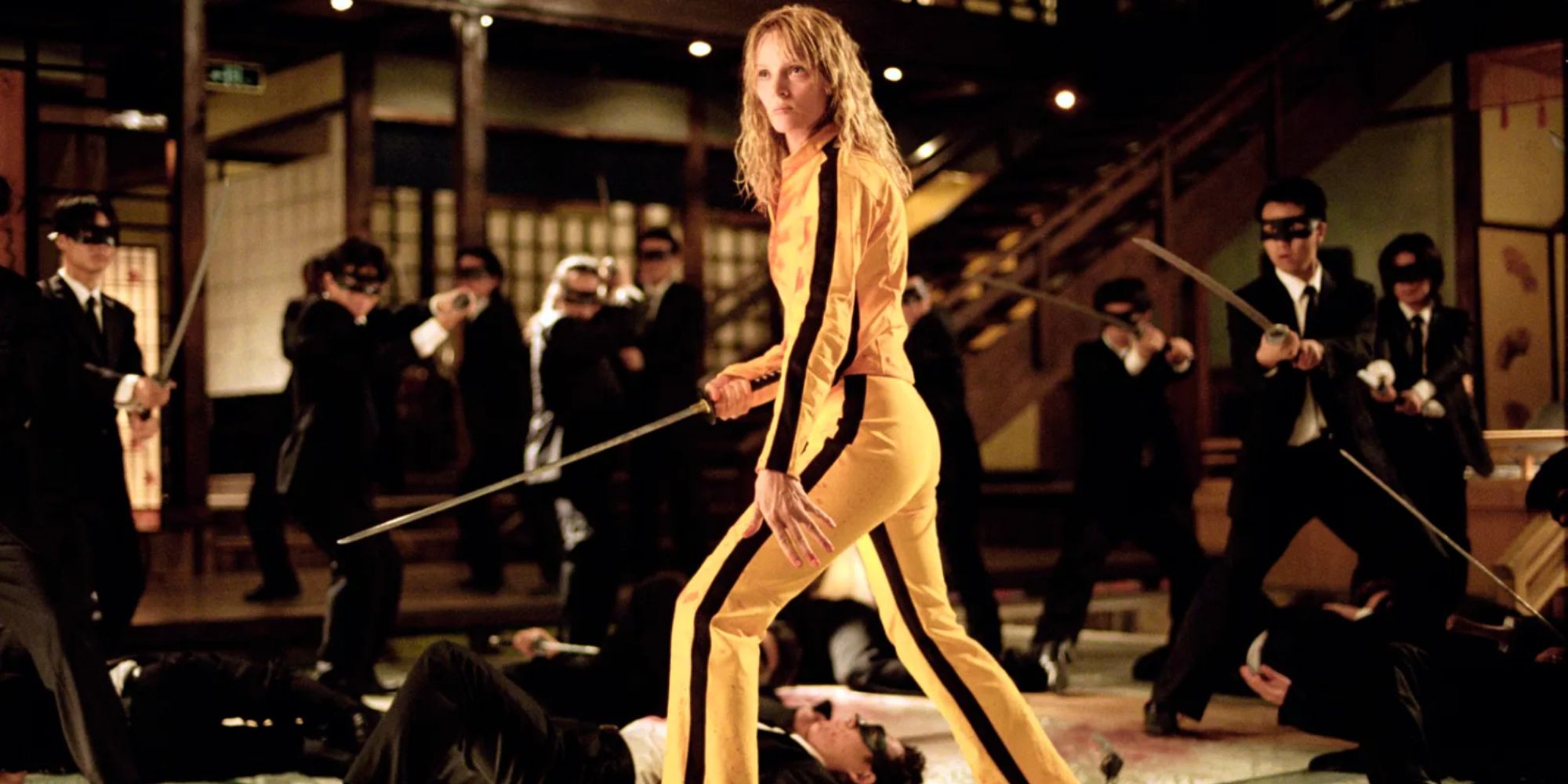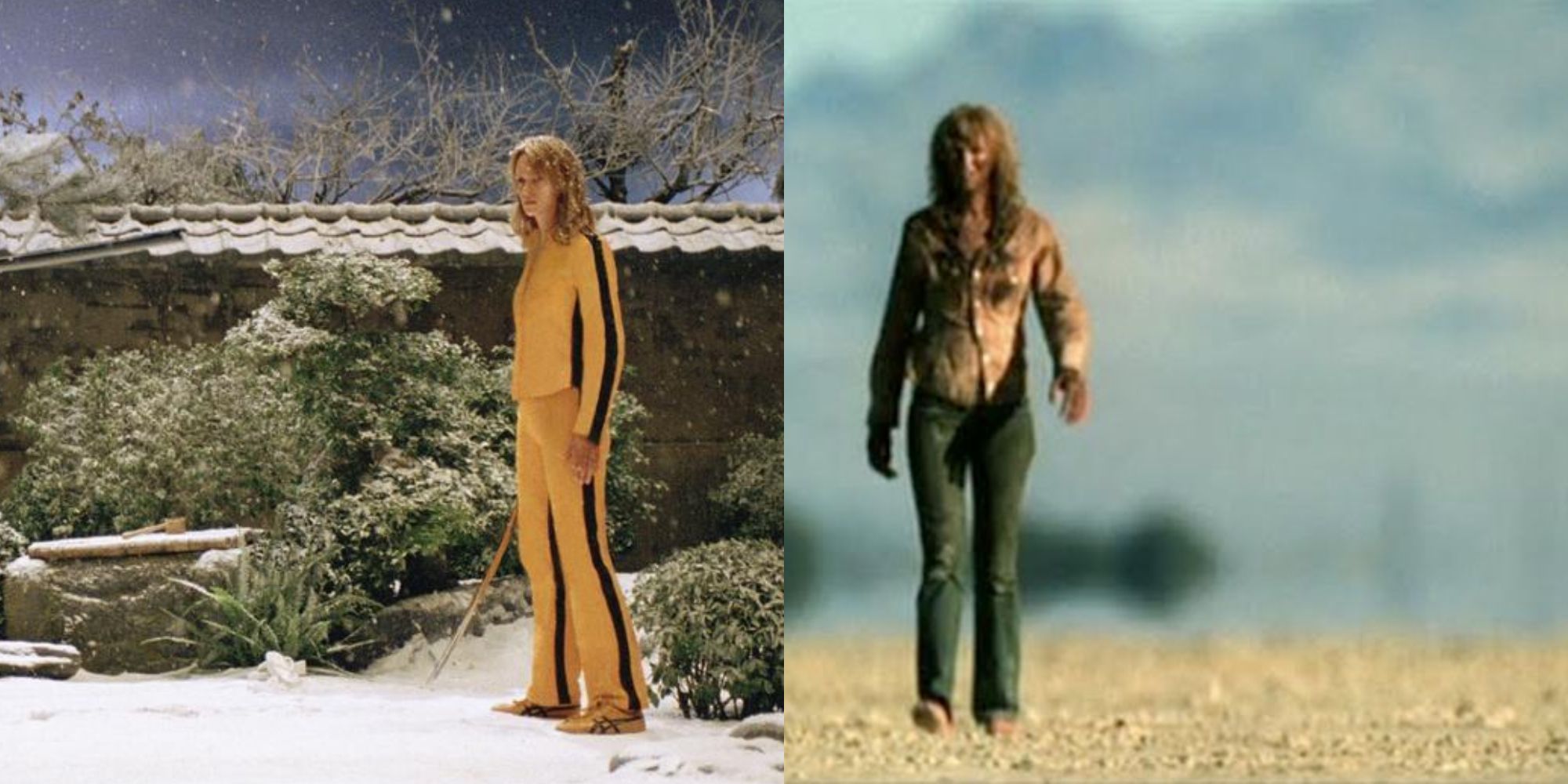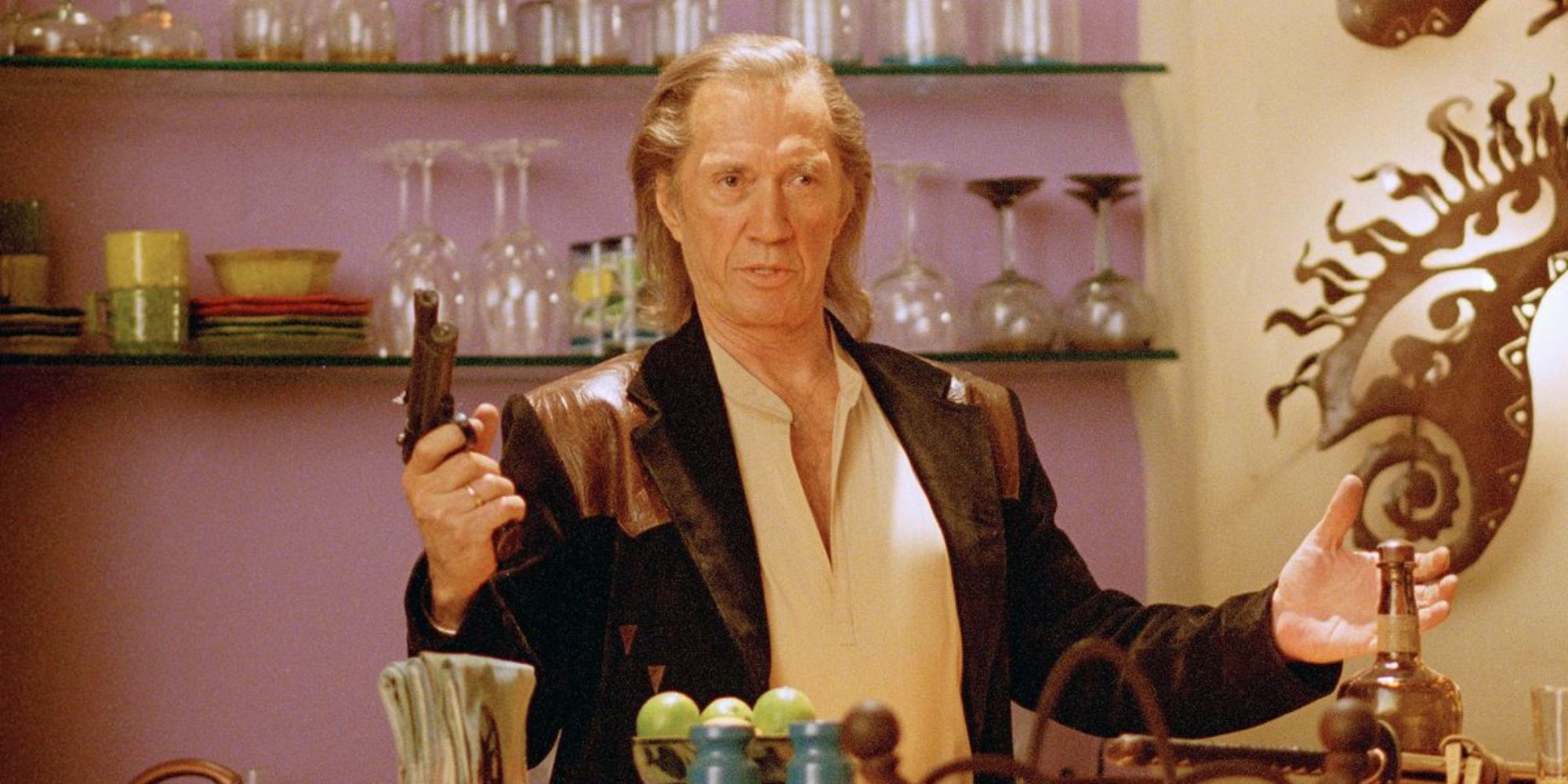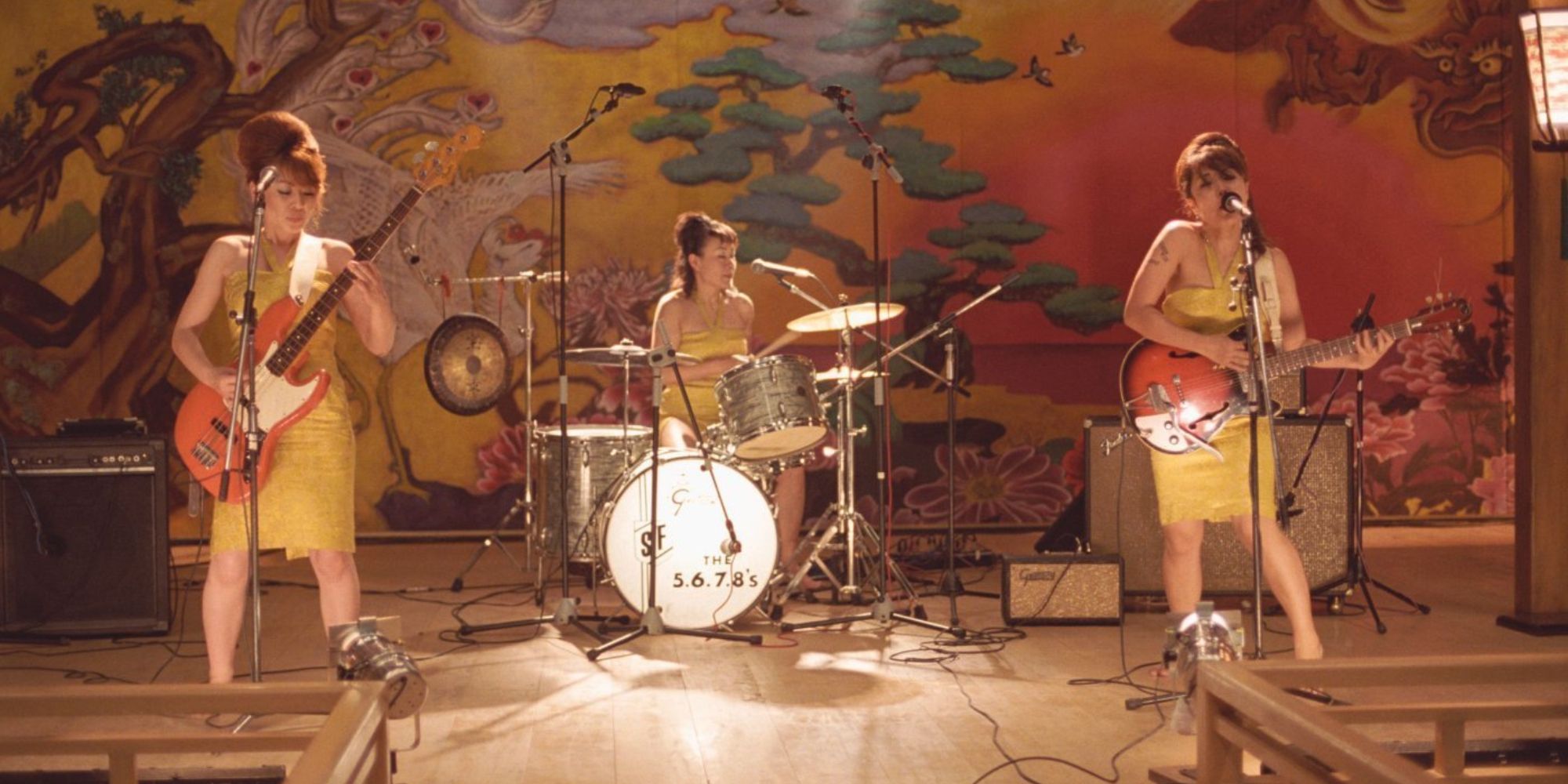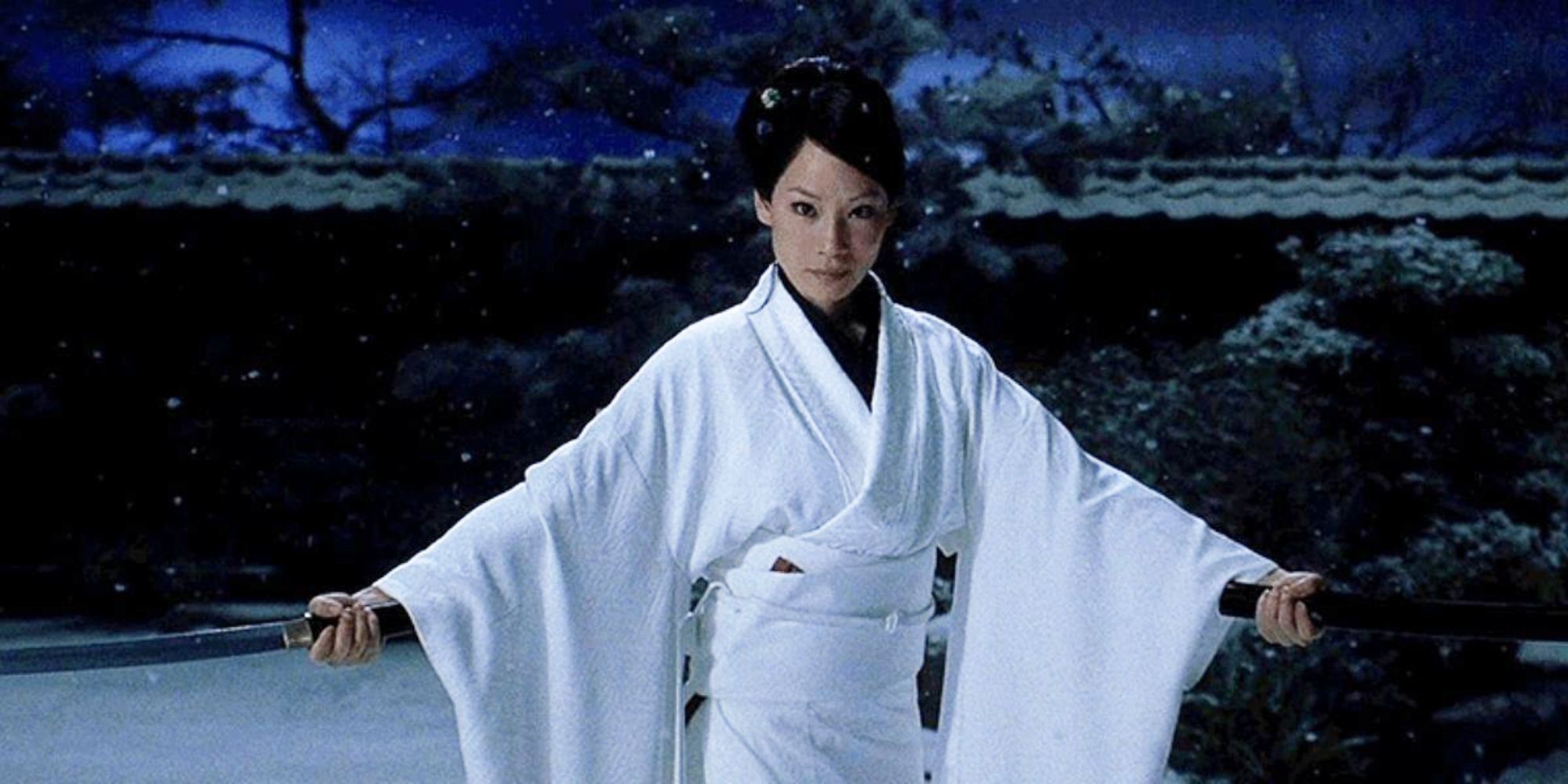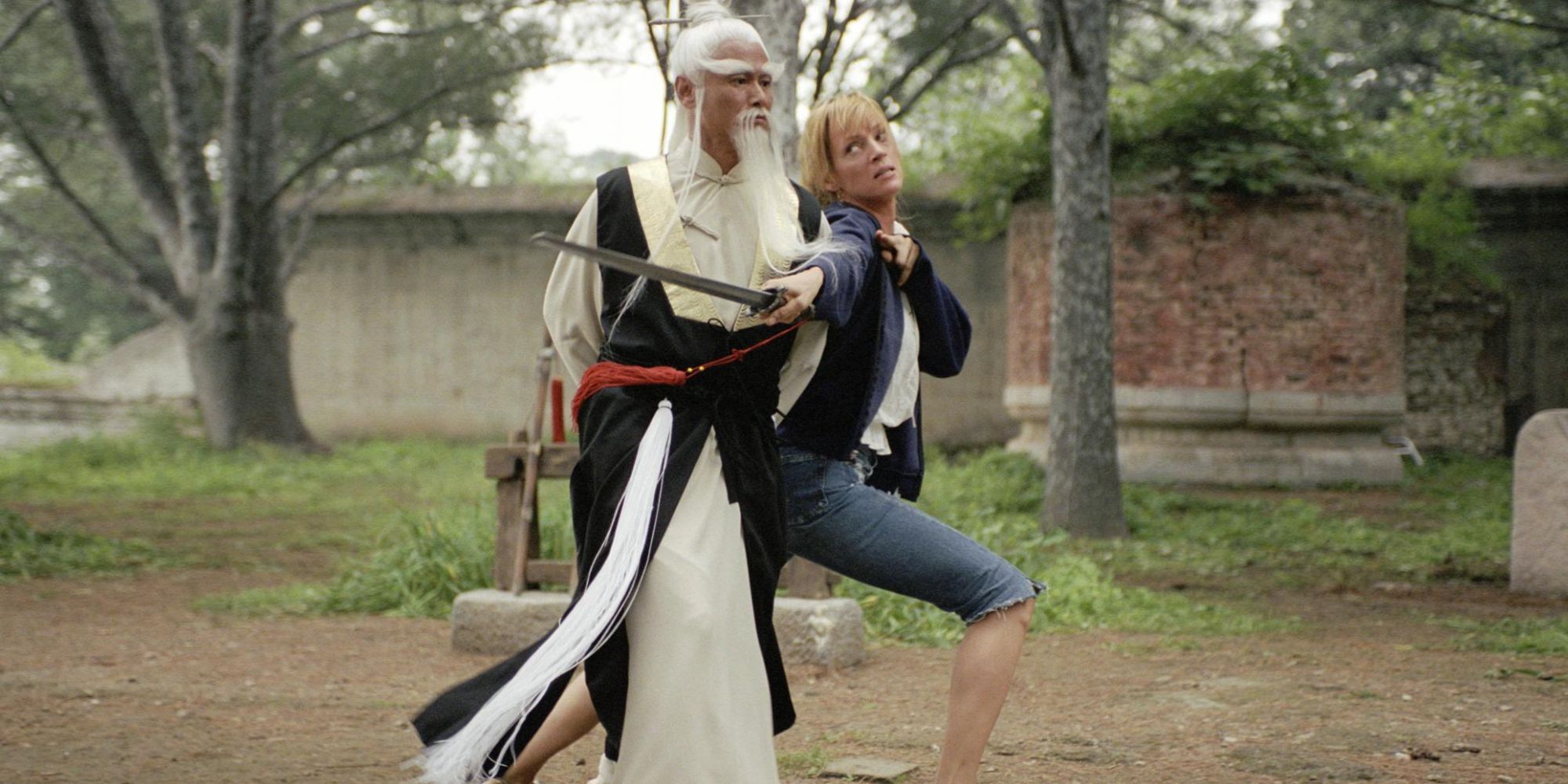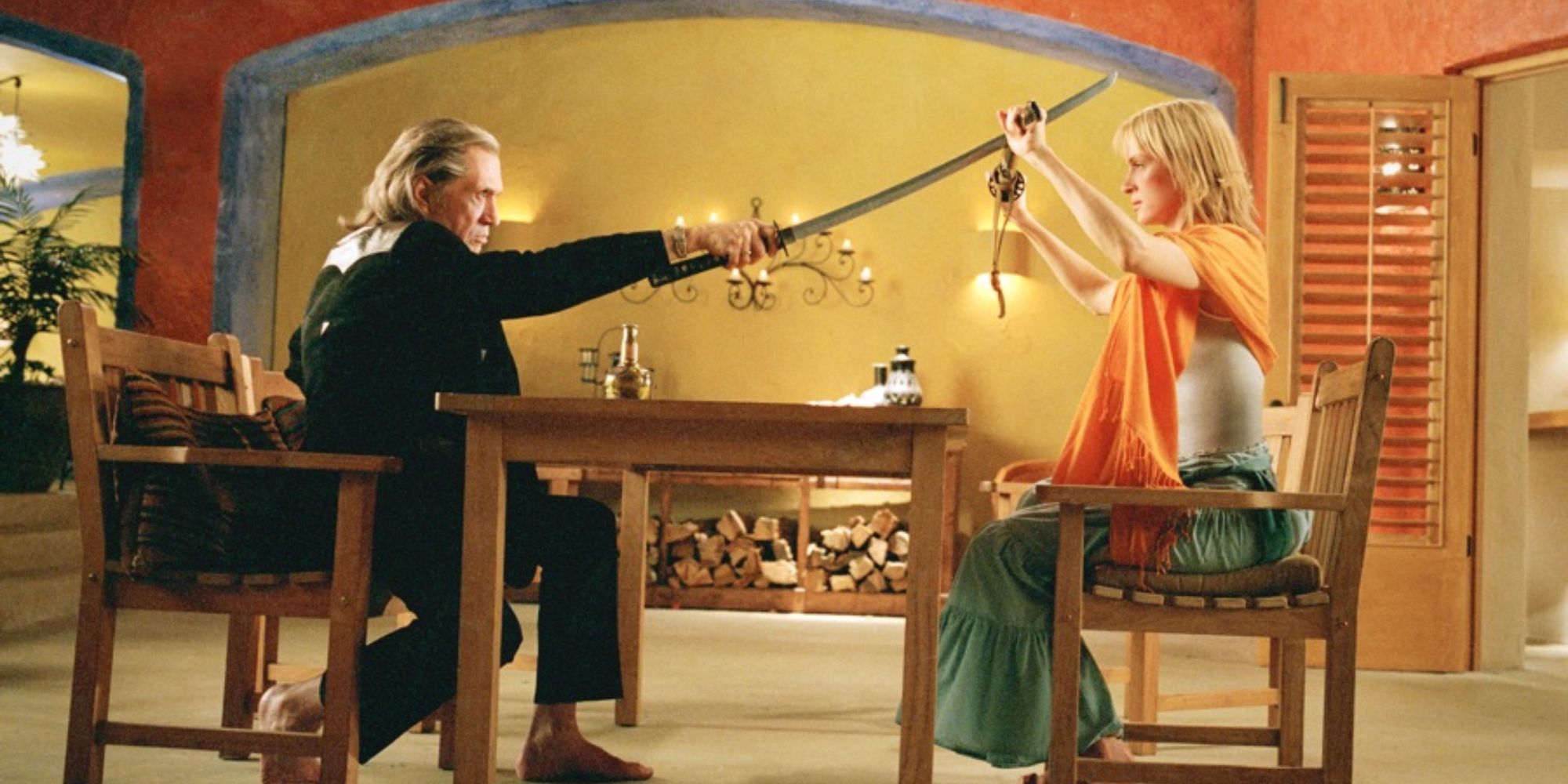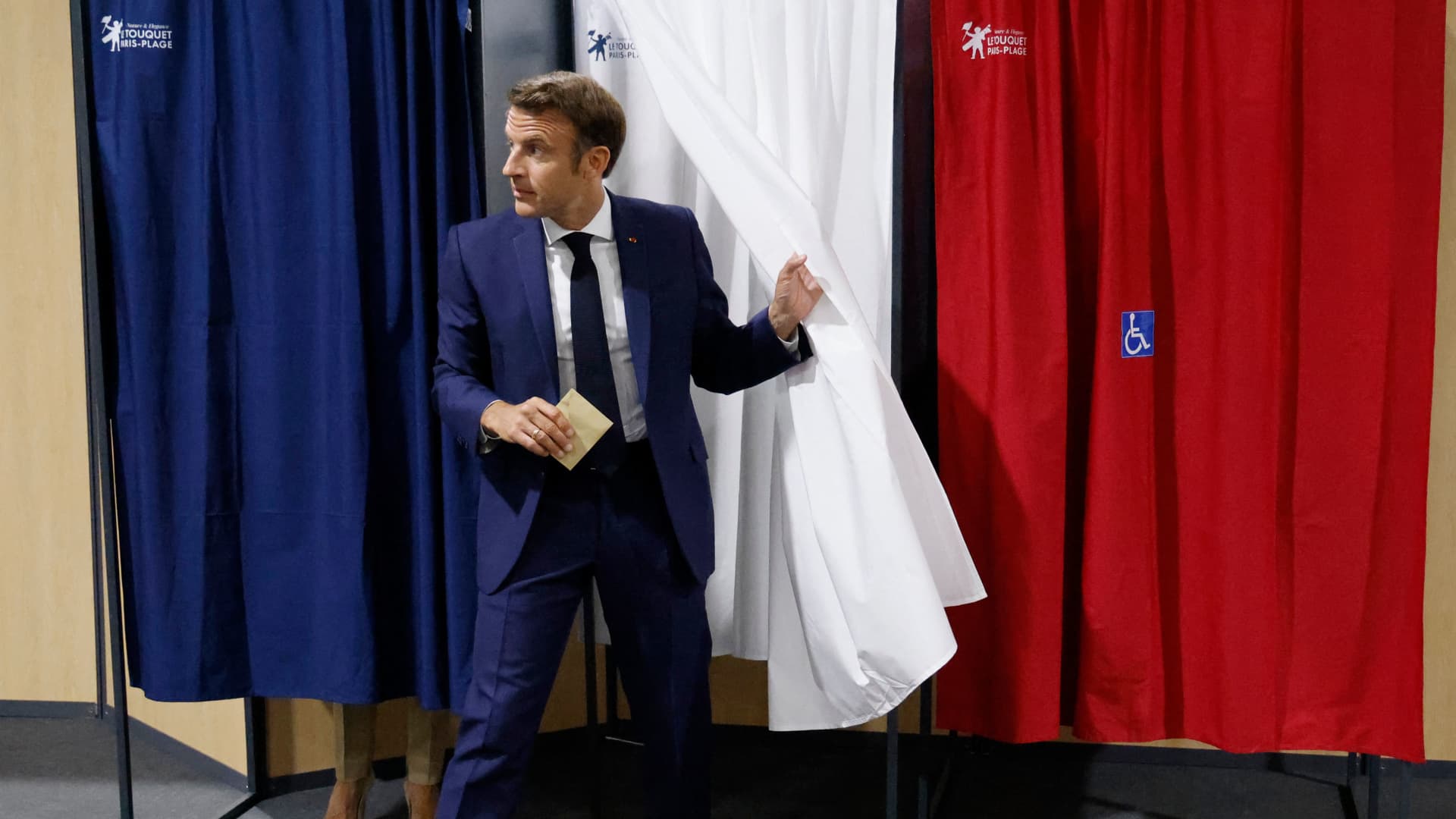There’s never going to be a common consensus on which Quentin Tarantino film is objectively the best one. Some will say it’s Pulp Fiction, and point to its cultural influence and Palme d’Or win in 1994. Some will say it’s the underrated Jackie Brown, while newer fans might be most drawn to 2019’s Once Upon a Time in Hollywood. If you asked Tarantino himself, he might well say Inglourious Basterds, judging by the final line of the film.
Others might say it’s Kill Bill, particularly when judged as one complete film divided into two parts. That might be cheating a little, considering it’s almost twice the length of most of his other films, but it uses those four hours to tell a fantastic, stylish, fast-paced, entertaining, violent, and emotional epic about a woman seeking revenge against her former mentor/partner, who shot her in the head and left her for dead. It might well be the best revenge film of all time, and the following 10 reasons can all be used to argue that Kill Bill is Quentin Tarantino’s best film.
Uma Thurman
It should go without saying that Kill Bill would not be as great of a film without Uma Thurman’s committed performance. The actress has no shortage of memorable performances, but her role as The Bride (AKA Beatrix Kiddo) might stand as her greatest role so far.
Throughout much of Kill Bill Vol. 1, The Bride is an unstoppable killing machine, hellbent on revenge, and Thurman portrays her anger and determination perfectly. Flashbacks do reveal a few more emotional sides to the character, but these are mostly relegated to Vol. 2, which deepens the character and contains more exchanges of words than exchanges with swords, which Thurman handles in a similarly expert way. Thurman portrays a character who at first appears one-note and ends up having true depth, and sells every single scene of her character’s emotional rollercoaster of a journey.
The visuals
The way Kill Bill looks is one thing that immediately jumps out. While Tarantino movies are always stylish and visually pleasing, Kill Bill stands out because of the diversity of its locations, its varied use of color, and the creativity/playfulness of its editing.
It’s a vibrant and aesthetically pleasing film, with just about every scene having something striking or even beautiful to look at. It shows a director working at the height of his powers and with utmost confidence, with the results being one of the best-looking films of the 2000s.
The action
As the most action-packed film Tarantino has made so far, the fight scenes in Kill Bill are truly memorable. Most are relegated to the more action-heavy Kill Bill Vol.1, but Vol. 2 isn’t exactly lacking in the action department when it needs to; it does have the claustrophobic and brutal one-on-one fight inside a trailer home, after all.
But Vol. 1 has the showdown inside the House of Blue Leaves as its climax, where the Bride takes on a small army of sword-wielding bad guys. It’s one of the best action set pieces of all time, and has to be witnessed to be believed.
The epic length
Plenty of Tarantino movies hover around the 2.5-hour mark, but Kill Bill – when taken as a single film – dwarfs them all. Watching Vol. 1 and 2 back-to-back would take 248 minutes, which makes Kill Bill a true epic, in every sense of the word.
It lets the Bride’s journey feel suitably huge and sprawling, and enables time to be spent on every member of Bill’s squad that the Bride wants to eradicate. It maintains a fantastic pace throughout by injecting action into the story at all the right times, and also by having an expertly done cliffhanger delivered at the end of Vol. 1.
The contrasting yet connected halves
Kill Bill is inevitably one story, and watching the second volume without experiencing the first would be a strange and possibly even underwhelming experience. Vol. 1 sets up things that are paid off in the next volume, and the climax ends up satisfyingly concluding both parts.
But at the same time, the fact each film feels very different in terms of style, genre, and pacing also makes the whole experience more interesting. Vol. 1 is a violent, sometimes darkly funny martial arts film, whilst Vol. 2 dials back those more extreme elements and feels something like a modern Western, and is by and large dialogue-driven. It’s the settings and different film homages that create this feeling, and it’s overall remarkable how each volume contrasts yet also blends seamlessly to make a whole, somehow at the same time.
The villain
Uma Thurman plays a fantastic protagonist in Kill Bill, and she’s matched by an equally captivating David Carradine, who plays the titular antagonist. Bill makes for an unseen yet already menacing presence in Vol. 1, even though the audience only really hears his voice.
But Vol. 2 is where Carradine gets to shine, and Bill becomes more than a peripheral character. Bill is a complex, sometimes charismatic, but overall menacing villain. The viewer may understand him more as a character due to this focus, but ultimately still want to see him defeated by the Bride. The character walks a fine line in that regard, but Tarantino’s dialogue and Carradine’s performance mean the character is pulled off flawlessly.
The music
You can always rely on Quentin Tarantino to assemble a memorable soundtrack for his movies, usually by using pre-existing movie themes or deep-cuts from a range of contemporary and/or older musicians. But Kill Bill’s soundtrack delivers beyond even Tarantino’s usual standard.
The range of music genres reflects the diverse range of genres and emotions contained within the film. The soundtrack contains songs from Ennio Morricone, Nancy Sinatra, Isaac Hayes, Bernard Herrmann, and Johnny Cash, to name just a few artists. The songs are great on their own, and are even better when expertly paired with the scenes they accompany within the film.
The film references
Another staple of Tarantino’s filmography is the fact it contains so many film references. These tend to be homages to more obscure movies, with potentially hundreds upon hundreds of references; so many that when blended the way Tarantino does, his films end up feeling unique, rather than derivative or rip-offs of older works.
With two volumes and an assortment of genres, Kill Bill gave Tarantino an opportunity to reference even more than usual. Spaghetti western influences can be found in the second, whilst the first is rife with nods to martial arts and samurai movies, especially Lady Snowblood, which also features a woman wielding a sword and seeking vengeance.
The flashbacks
Tarantino’s non-linear storytelling in Kill Bill might not be as pronounced as it is in Reservoir Dogs or Pulp Fiction, but it’s still unmistakably there. In fact, much of Vol. 1 is technically a flashback, as the Bride’s second victim is the first one the audience sees die.
The flashbacks shine to an even greater extent in Vol. 2. They’re used to show how the Bride and Bill formed their relationship, as well as to demonstrate how the Bride was trained (which leads to a fantastic training montage). They’re essentially used to develop the characters further and are also just a whole lot of fun, with some of the most memorable scenes in Kill Bill being flashbacks.
The ending
Kill Bill inevitably has to end with Bill getting killed. The final showdown is a long and suspenseful one, full of conflicting emotions from both the Bride and Bill, as they both know their reunion has to end in violence, and only one can walk away alive.
The long conversations they have almost make it feel like they’re procrastinating the inevitable, but it’s far from boring – their verbal sparring is as great as the action at the end of Vol. 1, in its own way. It’s a bittersweet conclusion – perhaps emphasizing sweet over bitter – but it is overall a perfect way to end a four-hour revenge epic, even if Tarantino may one day continue the story.


























